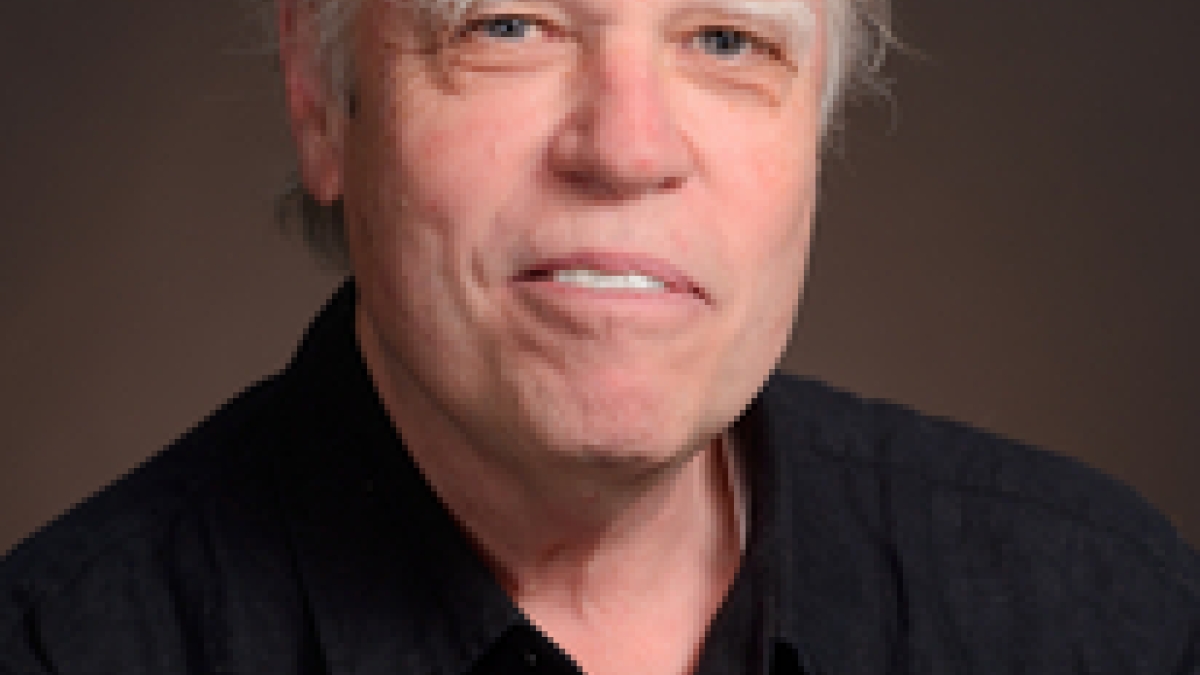Teachers College professors win top honors for research, mentoring

Two ASU professors in Mary Lou Fulton Teachers College, James Gee and Sasha Barab, have been selected as fellows of the American Educational Research Association (AERA), one of the most prestigious educational research societies in the world. They were chosen based on their notable and sustained research accomplishments.
Gee and Barab will be inducted April 4 during the group’s annual meeting in Philadelphia, along with 20 other scholars. Their selection brings to 16 the total number of AERA fellows who are currently at ASU.
In addition, three faculty members and a doctoral student in Teachers College will receive a best paper award from the AERA for a piece based on their continuing exploration of the technology-infused courses that are being offered in the college. Co-authors of the paper are professor Keith Wetzel, associate professors Ray Buss and Teresa Foulger, and LeeAnn Lindsey, technology academic professional and doctoral student.
Alfredo Artiles, associate dean of academic affairs and the Ryan C. Harris Memorial Endowed Professor of Special Education, will receive the Mentoring Award from AERA’s Division G, which deals with the social context of education. He was nominated by his former students, all of whom are professors at universities around the country. Artiles has also been elected to the AERA Organization of Institutional Affiliates executive board.
Gee, a Regents' Professor and Fulton Presidential Professor of Literacy Studies, was one of the first scholars to seriously examine the educational potential of video games. In 2003 he wrote one of the earliest books about how games use good learning principles, “What Video Games Have to Teach Us about Learning and Literacy.” He argued that good video games are designed to enhance learning through effective learning principles supported by research in the learning sciences.
An earlier book, “Sociolinguistics and Literacies,” published in 1990, was one of the founding documents in the formation of the “New Literacy Studies,” an interdisciplinary field devoted to studying language, learning and literacy in an integrated way in the full range of their cognitive, social and cultural contexts.
Gee’s “Situated Language and Learning” (2004) placed video games within an overall theory of learning and literacy, and showed how they can help us in thinking about the reform of schools.
Barab, the Pinnacle West Presidential Chair of Educational Innovation and director of ASU’s Center for Games and Impact, is an internationally recognized learning scientist who has researched, designed and published extensively on the challenges and opportunities of using games for impact. He is developing rigorous claims about how people learn that have significant practical and pedagogical implications.
Funded by numerous grants and assisted by many public-private partnerships, his work is large in scale, reaching into K-12 classrooms and communities throughout the world. His work includes helping 10-year-olds become environmental scientists in virtual worlds, developing playful learning contexts for youth to learn persuasive argumentation and scientific investigation skills, developing learning games that support pre-service teachers moving from theory to practice and helping women and girls in Kenya develop digital literacy skills.
Barab’s research emphasizes sensitivity to the community, leveraging powerful learning tools and achieving sustainable and scalable outcomes. He has published dozens of articles and multiple chapters in edited books.
In research that is being watched carefully by education colleges around the country, Wetzel, Buss, Foulger and Lindsey have been comparing the effectiveness of currently integrating technology into methods courses with that of a former stand-alone technology course which was taught within the teacher preparation program. Their work found that technology infusion is an effective approach, because teacher candidates scored higher on technological, pedagogical and content knowledge after participating in the courses.
Their studies of technology infusion began after ASU Teachers College initiated new preparation programs that required additional content preparation in science, math and other areas, leading to the redesign of other courses. A stand-alone technology course that prepared candidates to integrate technology into their classroom teaching was eliminated, so the college sought the most powerful and effective techniques to infuse technology into its methods courses.
“We have been examining the effectiveness of this infusion process, to ensure students are well-prepared to use the most up-to-date technology in their instruction of K-12 students,” says Buss. “What’s important is that we found that all candidates improved their scores on technological, pedagogical and content knowledge in the technology-infused courses, despite its greater emphasis on methods and minor emphasis on technology, per se.”
In an earlier paper in their research studies, the group of researchers received the 2012 research paper award from the International Society for Technology in Education for their work on benchmarking a stand-alone technology course to ensure best practices were infused into the methods courses.
Michelene Chi, director and professor at the Learning Sciences Institute, was named an AERA fellow last year and won the Sylvia Scribner Award for her work in advancing the understanding of learning and instruction. In honor of her award, she will deliver an address at the meeting April 6 on differentiating four levels of cognitive engagement for active learning.
The AERA strives to advance knowledge about education, to encourage scholarly inquiry related to education and to promote the use of research to improve education and serve the public good. Its annual meeting is the largest gathering of scholars in the field of education research.
The AERA Annual Meeting is a showcase for ground-breaking, innovative studies in a diverse array of areas – from early education through higher education, from digital learning to second language literacy.